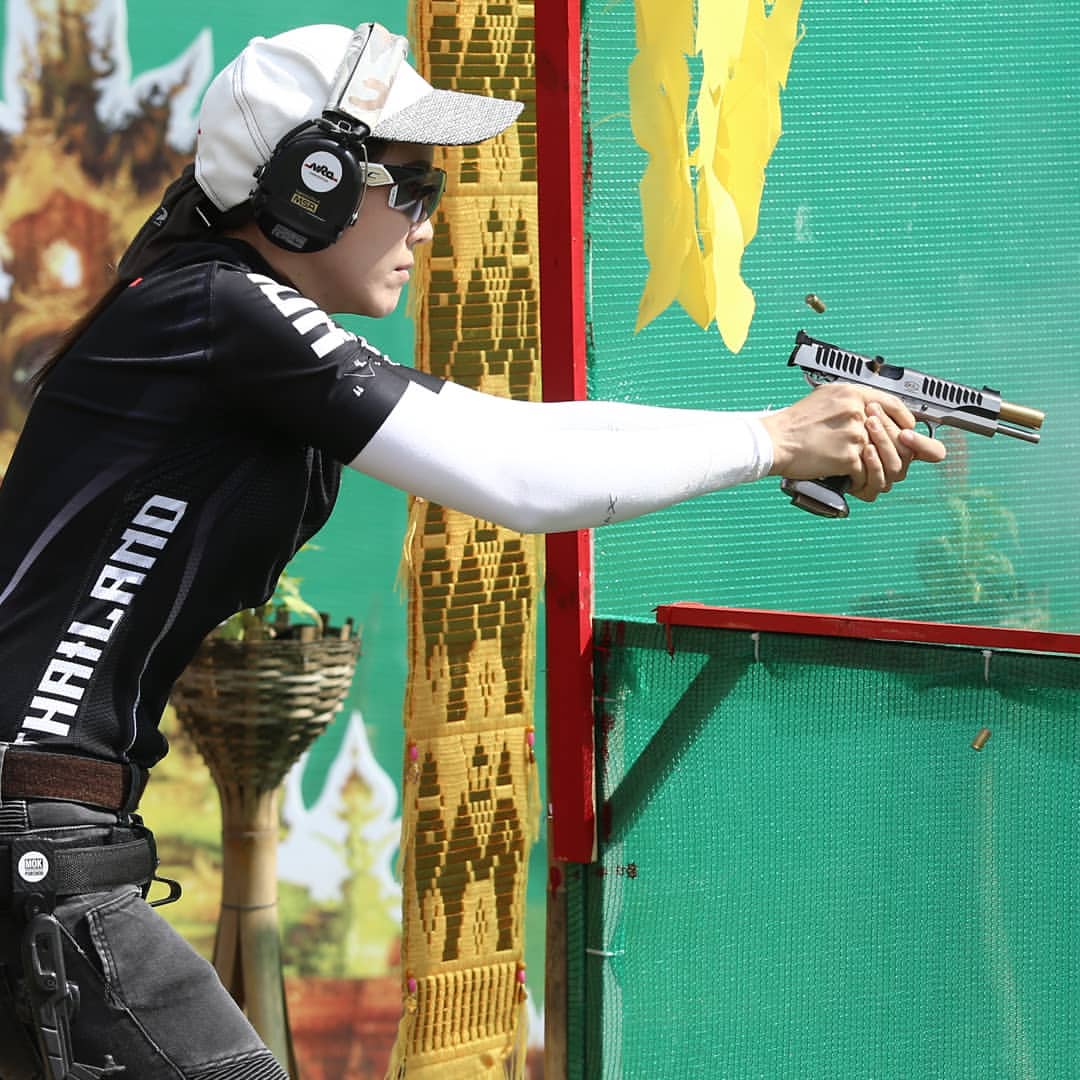This aspect of shooting is not well known among shooters, perhaps because very few are able to coordinate their movements properly. Motor coordination is the ability to contract different muscle groups independently and in an orderly manner. It is the ability to synchronize our movements in a way that suits our desires. Motor coordination is a multifactorial quality, so its components are varied. It involves strength, balance, agility, flexibility, control and concentration.
There are four basic characteristics of motor coordination:
• Precision of movements
• Economy of motion
• Flow of movements
• Elasticity of movements
Coordination is a means, not an end.
Our goal is to complete the exercise in the shortest possible time, so it is very helpful to coordinate our movements efficiently. The coordination must be trained in dry fire. Keep in mind that when we shoot, we put most of our concentration on aiming, and we forget to position ourselves correctly. The footwork is fundamental; a bad entrance or an extra step makes us lose tenths of a second that are later reflected in the final time.
We must be able to plan our movements and then translate them into the execution of the stage. We can train many of them in dry fire. There are some basic movements, such as drawing while taking a lateral or forward step, which can be complicated by adding a little imagination. We can put together many scenarios: two steps left-engage one steel or cardboard target, step back- engage two cardboard targets , three steps-stop and engage one steel or cardboard target, enter on the opposite foot and engage one steel or cardboard target to the right.
For short distances between one and three meters, we must calculate our steps. We have to know which foot is the one that exits a position first and which one enters a position first. It is very important to get low while we move as it will give us greater stability and distance in the movements between positions.

